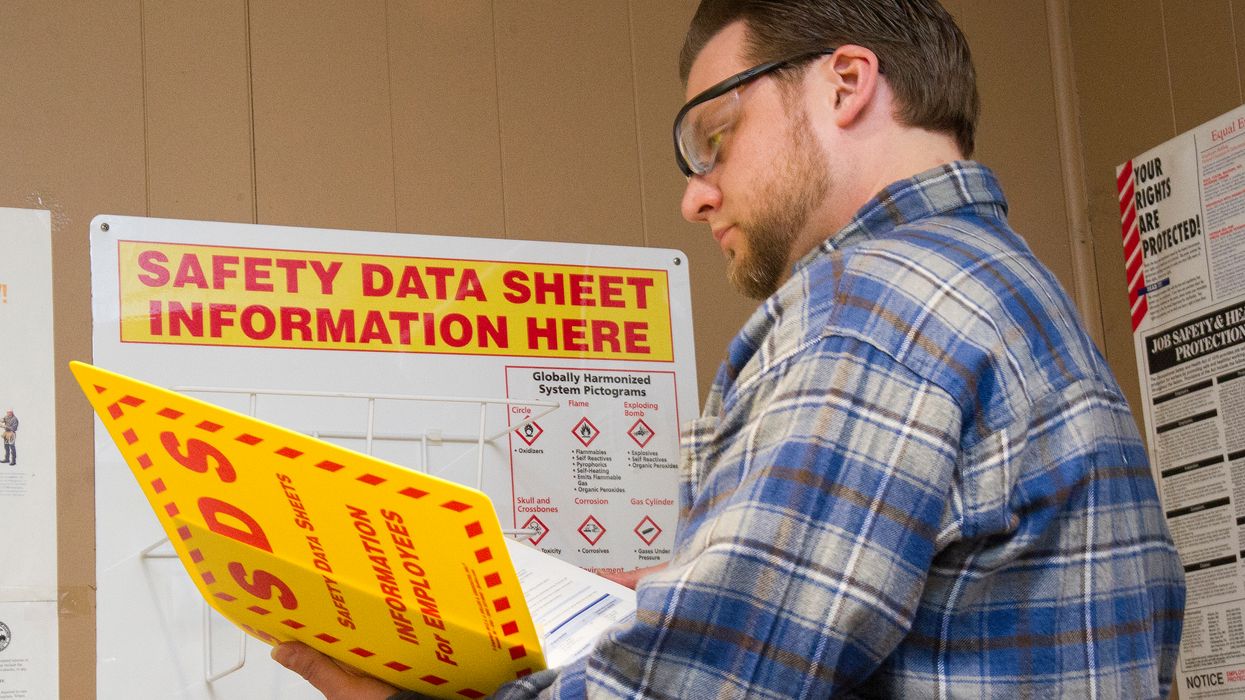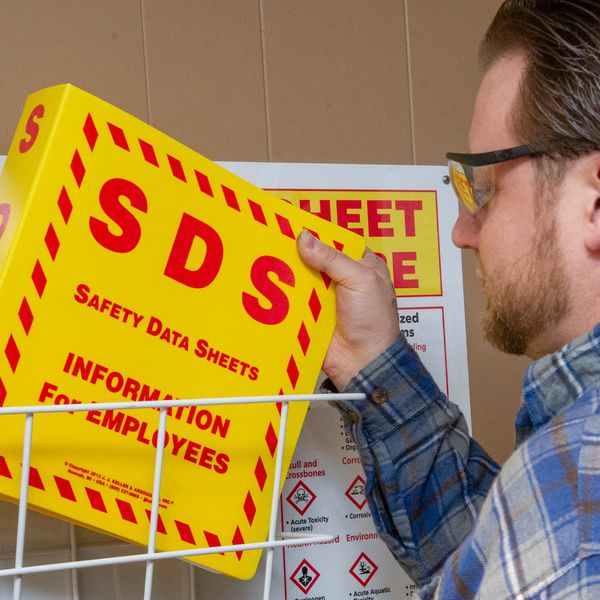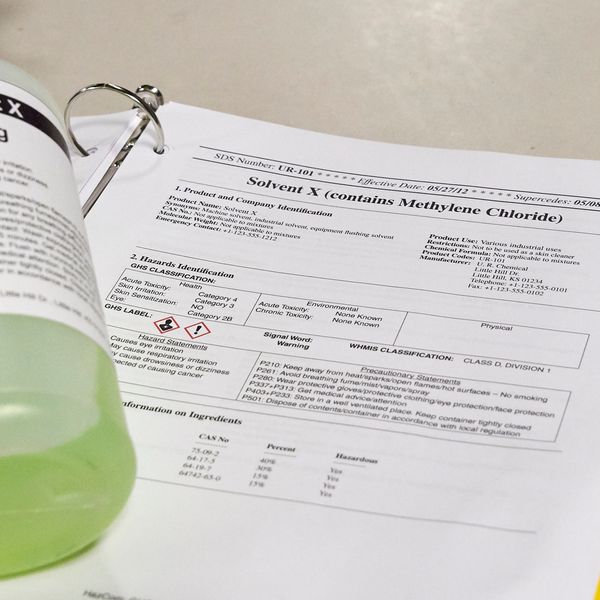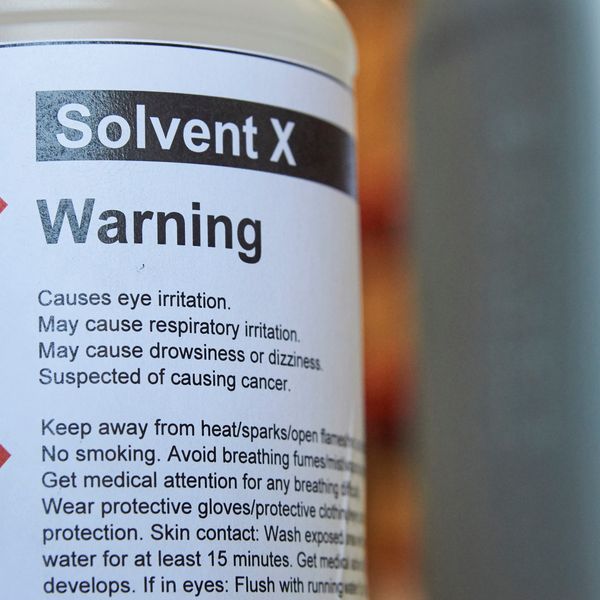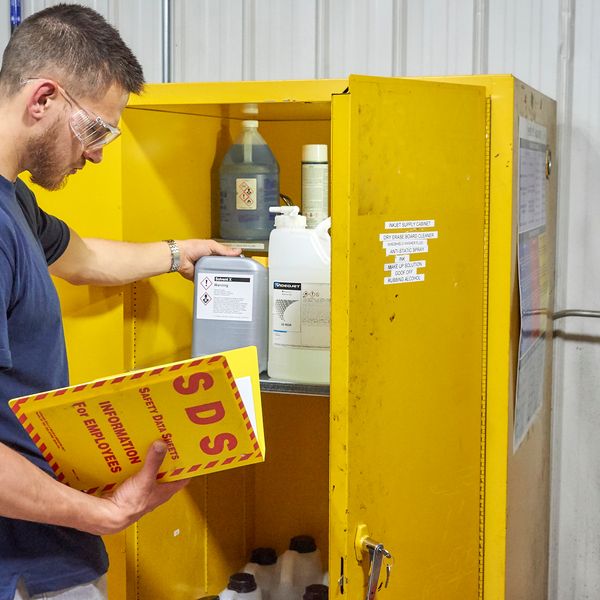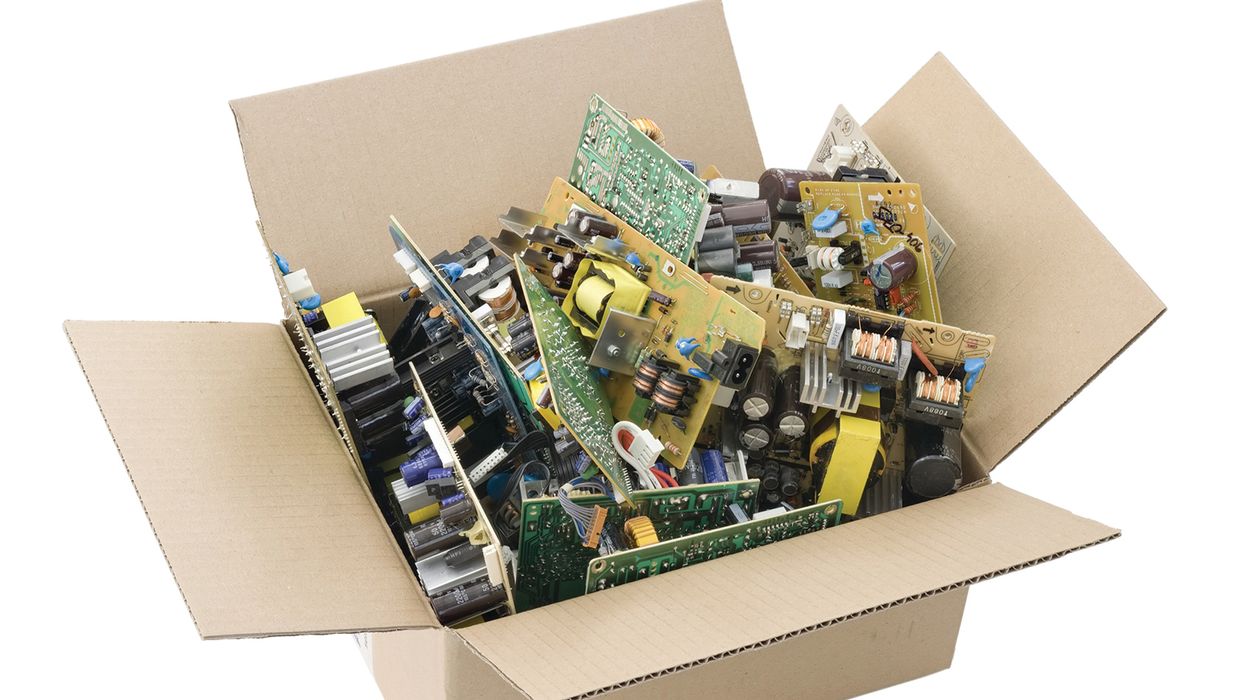A closer look at HazCom violations: Safety data sheets
It probably comes as no surprise that hazard communication (HazCom) is always found in OSHA’s Top 10 list of most frequently cited serious violations, and last year was no exception. The most recent data specific to HazCom violations show a couple of problematic areas regarding safety data sheets (SDSs). The data show 211 citations related to making SDSs readily accessible and 134 citations related to not having an SDS for each chemical. Let’s take a closer look at each of these.
SDSs must be readily accessible to employees
First, let’s address the requirement to make SDSs readily accessible.
OSHA says that SDSs must be readily accessible to employees during each work shift when they are in their work area. If any barriers to immediate access to SDSs exist – such as keeping SDSs in a locked cabinet — the employer is not complying with the standard.
Other factors to consider:
- Must employees ask a supervisor or other management representative for the SDS?
- Have employees been trained on how to access SDSs?
- Do employees know who they can go to if they have questions?
SDSs may be stored in hard copy or electronically. You must not require employees to perform an Internet search to view or obtain the SDS. However, you may make SDSs available to employees on a company website or contract with an off-site/web-based SDS service provider.
If you’re maintaining SDSs on a company website or with an off-site/web-based SDS service provider that provides them electronically, you must ensure that:
- All employees have adequate access, with no restrictions;
- There is a backup procedure or system in place in case the system is not functioning;
- Employees are trained on how to access the SDSs both on the computer and the backup system, and;
- There is a procedure or backup in place to ensure that employees can receive a hard copy if so desired and in cases of emergency. It is not acceptable to only transmit the information verbally.
SDSs must be maintained for each hazardous chemical
You must maintain an SDS for each hazardous chemical in your workplace. The SDS must be specific to the product and manufacturer, whether it’s gasoline, paint, or any other type of hazardous chemical employees are exposed to.
You should receive an SDS with the initial shipment of a hazardous chemical and with the first shipment after an SDS is updated. If you don’t receive an SDS with a shipment that has been labeled as a hazardous chemical, you must obtain one as soon as possible.
When it comes to consumer products, the need for an SDS depends on how the chemical is used in the workplace. If it’s used in such a way that the duration and frequency of use (and therefore exposure) is not greater than what the typical consumer would experience, you don’t need to maintain an SDS for it. This exemption is based, however, not upon the chemical manufacturer’s intended use of the product, but upon how it actually is used in the workplace. OSHA says the employer is in the best position to make that determination.

